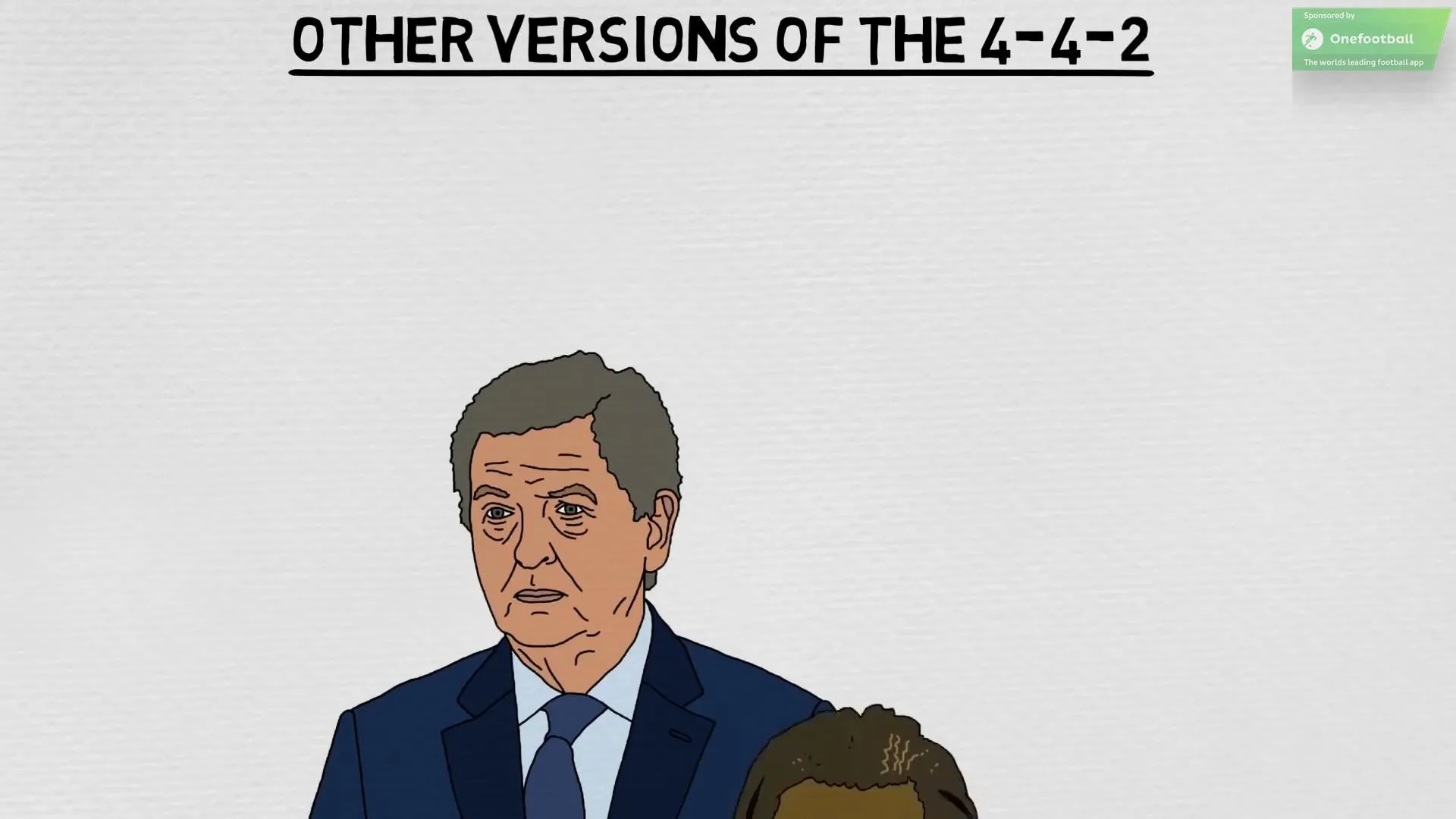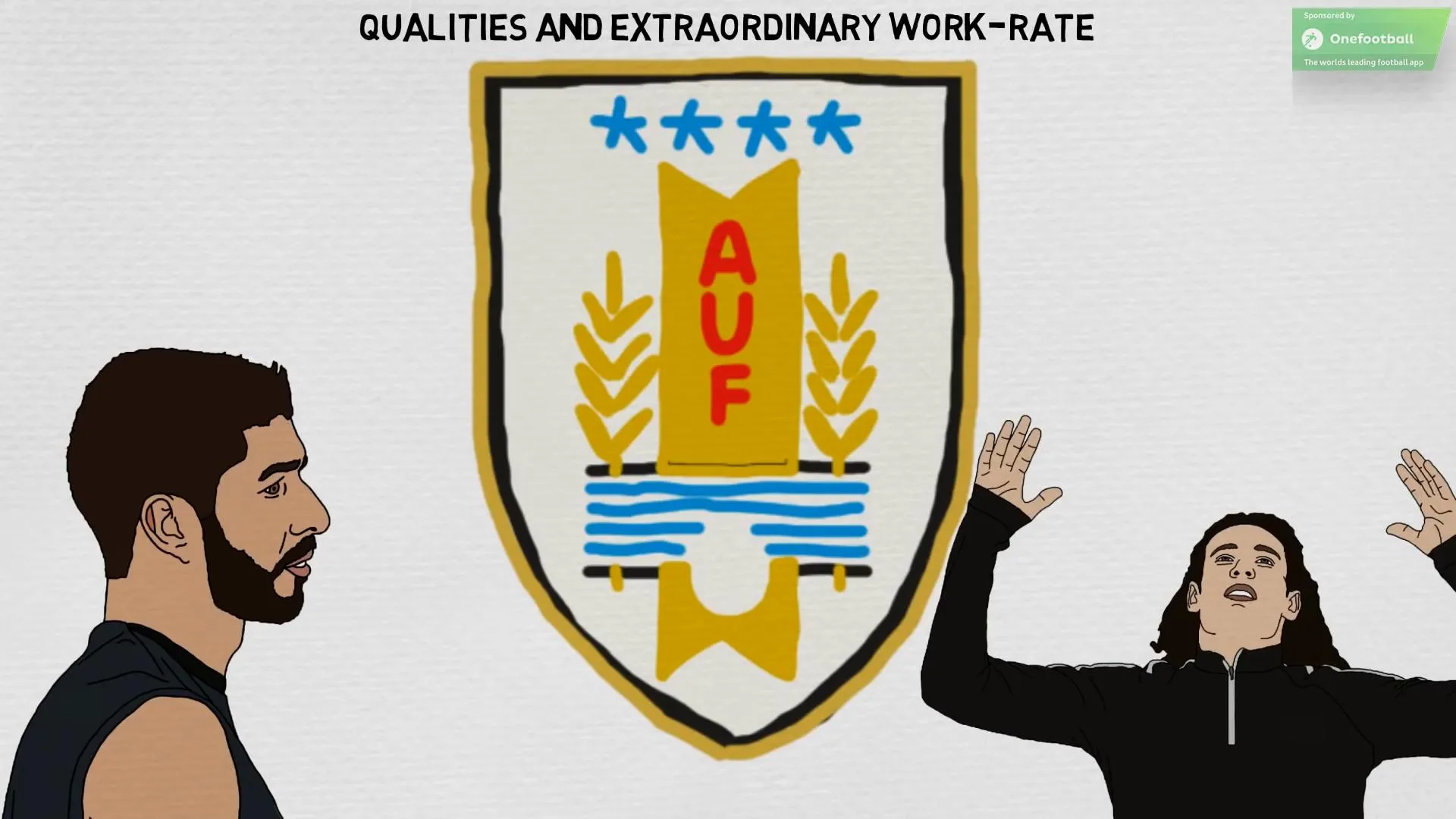Two-Man Striker Teams have become increasingly rare in modern football, but why is that? Are traditional formations like 4-4-2 becoming obsolete? How have teams adapted their strategies to prioritize defensive solidity and fluid attacking play? The shift away from two strikers reflects a broader trend in football tactics, where flexibility and movement are prioritized over static formations. This article delves into the evolution of striker roles, the reasons behind the decline of traditional two-man striker systems, and how teams are innovating to succeed in today’s competitive landscape.
Understanding Two-Man Striker Teams in Modern Football
The concept of **Two-Man Striker Teams** has undergone significant changes over the years. During the heyday of the 4-4-2 formation, teams commonly deployed two strikers to maximize their offensive capabilities. However, this strategy has largely been replaced by more dynamic formations that emphasize versatility.
The Resurgence of 4-4-2
While the 4-4-2 formation has seen a minor resurgence, it is often adapted for defensive reasons. Teams like Iceland and Burnley have employed this structure to create compact defensive units that are difficult to break down. The 4-4-2 allows for two banks of four, providing excellent coverage across the pitch.
From Two Strikers to One
In many instances, what is labeled as a 4-4-2 may actually function more like a 4-4-1-1. In these setups, one of the forwards often takes on a more creative role, acting as a shadow striker or attacking midfielder, which enhances the team’s defensive solidity. This shift allows teams to transition more effectively from defense to attack, as the player in the secondary striker role can drop back and assist in midfield when needed.
Evolving Roles of Strikers in Different Formations
As football tactics continue to evolve, the role of strikers has also transformed. Teams often utilize formations like 4-2-3-1 or 3-5-2, which can incorporate fluid movement and positional interchangeability among players.
Fluidity in Attack
In a 3-5-2 formation, for example, one striker often plays as a more traditional forward while the other may drop into a midfield role. England’s recent tactics have illustrated this, with Harry Kane often being supported by Raheem Sterling, who drifts wide or drops back. This approach creates space and overloads, making it challenging for opposition defenses to maintain their shape.
Positional Interchange: A Key Strategy
The positional interchange among players enhances attacking options and allows teams to exploit spaces effectively. A traditional two-striker setup can often lead to static play, making it easier for defenders to mark players. In contrast, modern tactics favor movement and flexibility, with forwards often shifting roles during the game.
The Case for Two-Man Striker Teams: Uruguay’s Unique Approach
Despite the prevailing trend away from **Two-Man Striker Teams**, Uruguay stands out as a notable exception. Their success with Edinson Cavani and Luis Suárez demonstrates the effectiveness of having two strikers who possess exceptional work rates and tactical awareness.
The Work Ethic Behind Success
Both Cavani and Suárez are known for their ability to track back and press opponents, which adds a layer of defensive support to their attacking play. This high work ethic, combined with the skills of midfield players like Lucas Torreira, enables Uruguay to maintain both attacking potency and defensive solidity.
Rare Qualities in Modern Football
The rarity of strikers who can fulfill both roles—scoring goals and contributing defensively—makes teams like Uruguay exceptional. This unique combination of skills allows them to thrive in a system that traditionally favors one striker while still enabling the other to contribute significantly to the overall team dynamic.
Key Takeaways on the Evolution of Striker Roles
– **Formation Adaptability**: The shift from two strikers to a single central forward is driven by the need for greater flexibility within formations.
– **Defensive Solidity**: Teams are increasingly prioritizing defensive structures, which often require players in forward roles to drop back and assist in midfield.
– **Fluid Movement**: Modern attacking strategies favor fluid movement over static positioning, allowing players to interchange roles effectively.
– **Rare Exceptions**: Teams like Uruguay showcase the potential success of two strikers, but they are exceptions rather than the norm in contemporary football.
In summary, the evolution from **Two-Man Striker Teams** to more fluid formations reflects the growing complexity of modern football. To learn more about the implications of these changes, you can explore discussions on platforms like [Reddit](https://www.reddit.com/r/soccer/comments/8w6496/what_happened_to_twoman_striker_teams/) and insights from tactical analyses such as [Coaches Voice](https://www.coachesvoice.com/cv/two-up-front-football-tactics-explained-simeone-conte-atletico-juventus/).
In the world of football, strategies are constantly adapting to meet the demands of the game. As teams continue to innovate and refine their tactics, the role of the striker will undoubtedly evolve further. The future may hold new formations and systems that could bring back the classic two-striker setup, but for now, the focus remains on versatility, movement, and defensive strength.


